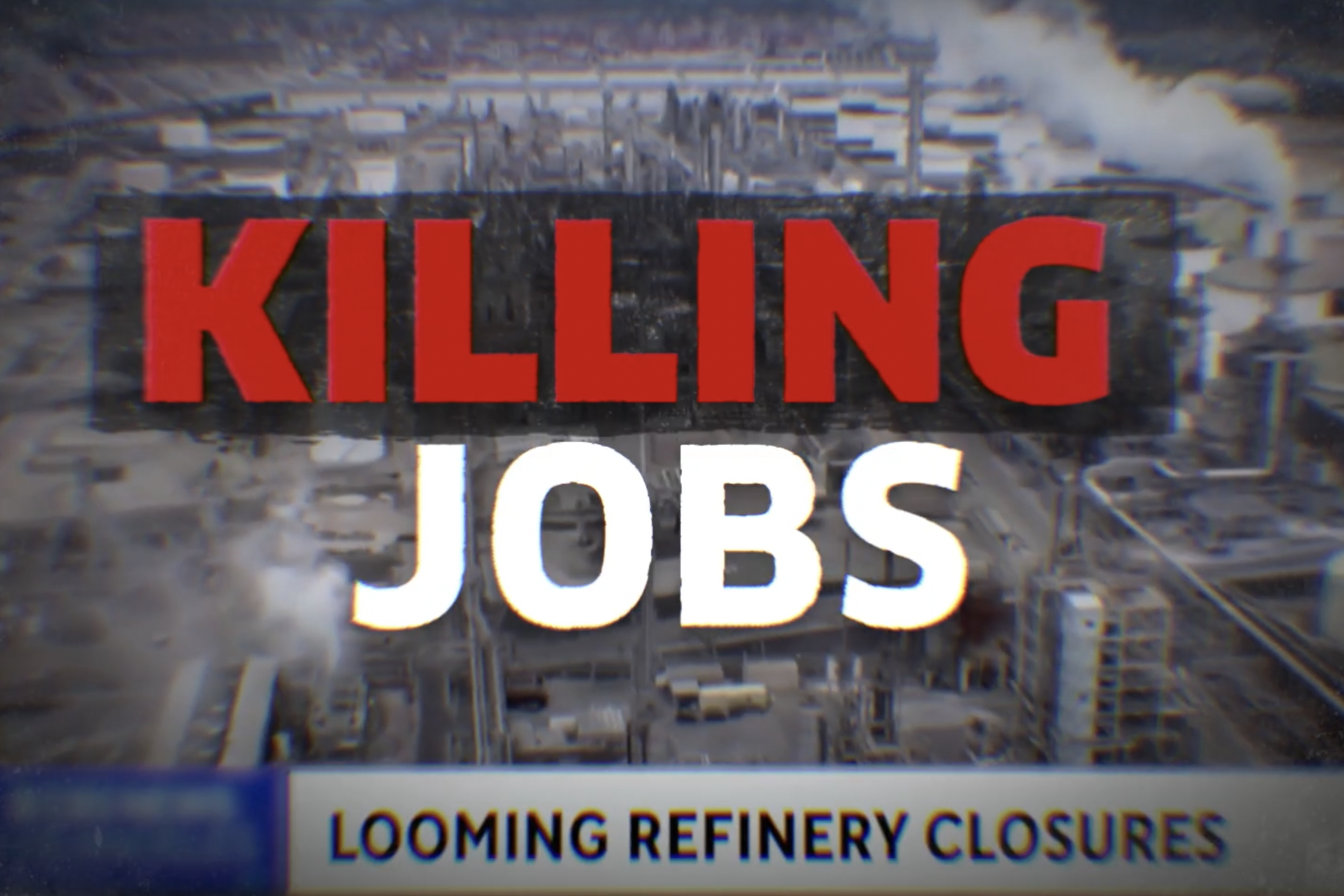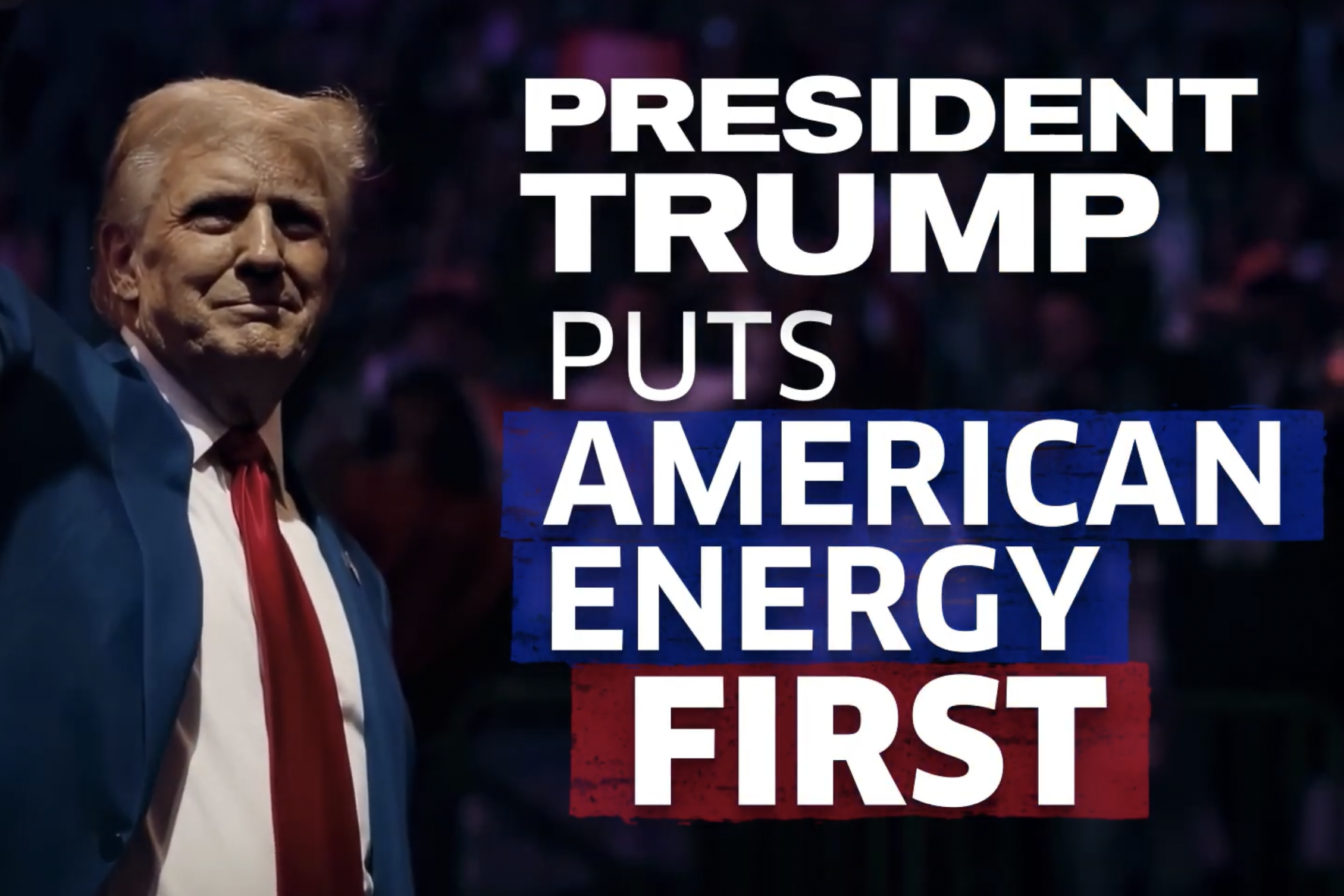An ethanol CEO called Reuters the other day to complain about the impact of small refiner exemptions, creating an “Ethanol Industry Threatened by SREs” news story (to paraphrase a bit) on the morning of EPA Administrator Andrew Wheeler’s visit to a Pennsylvania refinery.
The timing from a public relations standpoint was, without question, solid. The executive’s analysis of ethanol’s struggles … not so much.
Yet Green Plains CEO Todd Becker’s interview revealed a good amount about the state of the ethanol industry today—if not exactly the narrative that Mr. Becker actually sought to disseminate. A close look at his words shows that the ethanol industry's concerns lie more with their own actions than anything to do with the RFS.
First, Becker acknowledged that overproduction has been the primary drag on the ethanol industry’s profitability of late. In fact, this has been a problem for the industry for several years running. Ag-friendly University of Illinois economist Scott Irwin once wrote on this very topic, concluding that while demand for ethanol remained steady, “the data and economics point to increasing supply as the primary driver of low ethanol prices.”
Becker also acknowledged that the ethanol industry has been “undisciplined” in continuing to ramp up production even in the face of growing supplies. Of course, a lack of discipline in an industry that relies on an artificial government mandate to drive sales of its core product may not come as a total surprise to some, but we digress …
The important thing to remember is that real-world data shows absolutely NO demand destruction. Through April, the blend rate is up compared to the same period last year, with February levels the highest we’ve seen in the last 12 months. Even as we write, more data has come in affirming the lack of demand destruction: the new PSM data reveals that the May 2019 blend rate is 10.45%, compared to 10.32% in May 2018, and May 2019 is up from 9.9% in April 2019. In fact, the average blend rate to date in 2019 is 10.20%, up from 10.03% last year at the same time. So much for the SRE blame game.
Note also that the ethanol industry achieved a large and long-sought goal by securing E15 sales year-round. It thus follows that ethanol E15 sales will increase significantly, benefiting Green Plains and others. Yet Becker admits that, given infrastructure constraints, even this additional push from E15 won’t allow the ethanol industry to overcome the blend-wall gap any time soon due to infrastructure constraints. Are those constraints—bedeviling the profitability of ethanol producers like Green Plains—the fault of SREs? We’ll let reasonable minds figure that part out.
Speaking of E15, sales of that particular product are not widely reported, with one significant exception—Minnesota, the one state that collects detailed data on E15 sales (and home to nearly 25% of the stations that sell E15 in the U.S. today). Minnesota E15 data tells another story that flies in the face of “demand destruction” claims. Earlier this month, the Minnesota Bio-Fuels Association reported that in May 2019, “the volume of E15 sold in Minnesota was 6.36 million gallons, the highest monthly volume recorded so far this year...[and] the third consecutive month this year where E15 sales in Minnesota have exceeded 6 million gallons.”
That’s right: E15 sales in Minnesota are surging. So what exactly is holding back further ethanol sales growth? According to Becker, via Reuters: “…the infrastructure needed to deliver [E15] requires time to be built. There are some 1,000 retail stores equipped to supply so called E85 gasoline, but the industry needs 10,000 stores to boost demand.”
We’ve said it before, but we’ll say it again: the “demand destruction” fallacy is just that, and has nothing to do with the ethanol industry’s struggles to squeeze more profits out of their government mandate. Maybe a touch of Becker’s self-diagnosed “discipline,” like every other industry operating in a market economy has to practice, would do ethanol a bit of good as well.


